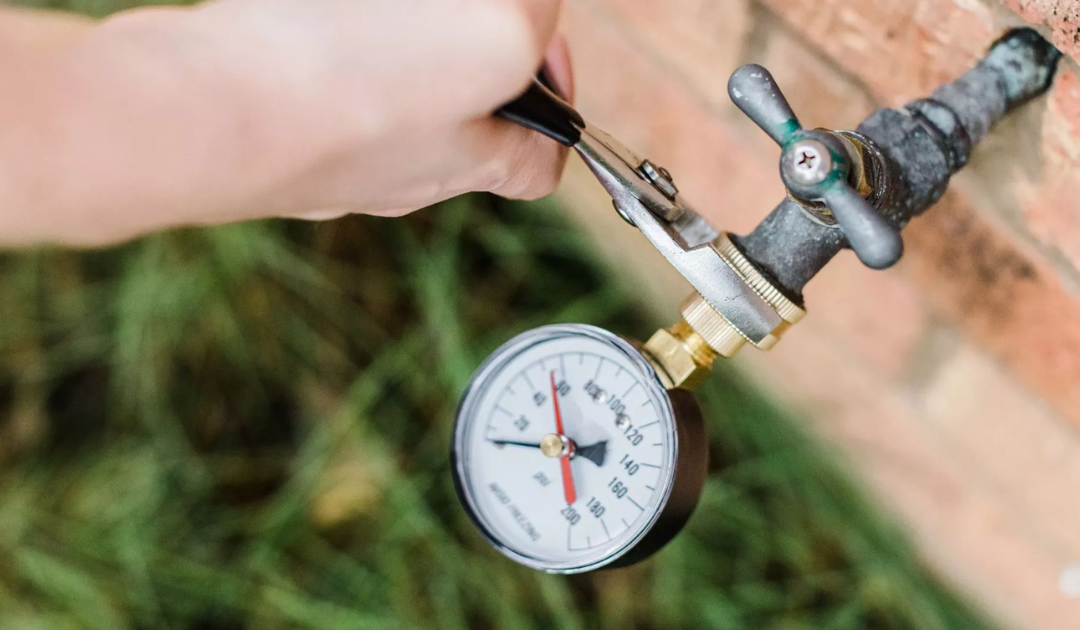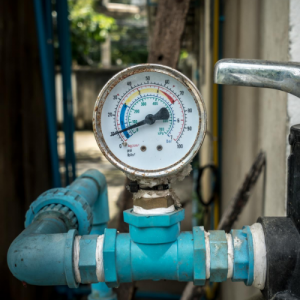Quick Processes to Enhance Low Water Pressure in Your Home
Quick Processes to Enhance Low Water Pressure in Your Home
Blog Article
What're your opinions about Dealing with Low Water Pressure in Your Home?

Low tide stress in your house can be a frustrating issue, influencing everything from bathing to washing recipes. If you're experiencing weak water flow, there are numerous feasible reasons and services to discover. In this guide, we'll review usual reasons for low tide pressure and functional actions to address the concern properly.
Intro to Low Water Stress
Low tide stress happens when the flow of water from your faucets, showers, and various other components is weak than normal. This can make daily jobs more challenging and less efficient. Understanding the root causes of low water stress is critical to discovering the ideal option.
Common Causes of Low Water Stress
Pipeline Obstructions
Over time, pipelines can become obstructed with mineral deposits, sediment, or debris, restricting the circulation of water. This is a typical problem in older homes with galvanized steel pipelines.
Deterioration
Rust within pipelines can lead to leakages and reduced water pressure. Rust build-up can restrict water flow, particularly in aging plumbing systems.
Faulty Stress Regulatory Authorities
Stress regulators are in charge of keeping regular water stress in your home. If they malfunction, it can lead to low water stress or unequal circulation throughout the house.
Local Water System Issues
Often, the problem exists outside your home. Community water system problems, such as main line leakages or maintenance work, can temporarily minimize water stress in your area.
Just How to Identify Low Tide Stress
Inspecting Faucets and Fixtures
Start by testing the water pressure at various taps and components throughout your home. If the problem is separated to details locations, it might show local problems.
Inspecting Pipes
Examine noticeable pipes for indicators of leakages, corrosion, or obstructions. Take notice of any type of unusual noises, such as banging or rattling pipes, which can indicate problems within the plumbing system.
Consulting with a Plumber
If you're not able to determine the reason for low tide stress, think about working with a specialist plumber to conduct a detailed assessment. They can recognize underlying problems and advise ideal solutions.
Do It Yourself Solutions to Repair Low Water Pressure
Cleansing Aerators and Showerheads
Natural resources can gather in aerators and showerheads, lowering water circulation. Remove and clean up these parts routinely to enhance water stress.
Flushing Hot Water Heater
Sediment buildup in the water heater can restrict flow and decrease effectiveness. Flushing the tank regularly assists eliminate debris and maintain ideal performance.
Checking Pressure Regulatory Authority
Ensure that the pressure regulator is operating correctly. Adjusting or changing the regulatory authority can aid bring back correct water pressure throughout your home.
Cleaning Clogs in Water Lines
For small blockages, try using a plumbing serpent or chemical drain cleaner to clear blockages in pipes. Be cautious when using chemicals and adhere to safety and security guidelines.
When to Call a Specialist Plumber
If do it yourself initiatives stop working to fix the concern or if you think considerable plumbing issues, it's ideal to seek aid from an accredited plumber. They have the proficiency and tools to attend to intricate issues safely and efficiently.
Safety Nets to Keep Water Stress
Routine Maintenance
Set up regular maintenance for your plumbing system to stop concerns such as deterioration, leaks, and obstructions. Dealing with small issues early can help stay clear of more substantial fixings in the future.
Mounting a Pressure Booster
Consider setting up a stress booster pump to boost water stress in locations with constantly reduced circulation. This can be especially helpful for multi-story homes or residential properties with high-demand components.
Surveillance Water Use
Bear in mind water usage practices and stay clear of ill-using the plumbing system. Simple adjustments, such as staggering showers and washing tons, can help keep adequate water pressure.
Final thought
Managing low water stress can be aggravating, yet identifying the underlying reasons and implementing appropriate solutions can recover optimal circulation throughout your home. Whether it's cleaning up aerators, checking pipes, or talking to a plumber, taking aggressive steps can make certain a consistent supply of water for your daily demands.
FOUR WAYS TO FIX LOW WATER PRESSURE NOW
Turning on a shower or faucet only to find the water comes out in a sad, slow drizzle is never a good feeling. How exactly are you supposed to wash a pan or take a quick shower when it takes 10 minutes just to rinse off a little soap? The good news is that when your water pressure is bad, there's always a cause: typically one that can be easily fixed. Here are some of the most common causes of low pressure and what you can do to fix the issue:
DEBRIS AND MINERAL DEPOSIT BUILDUPS
If you notice low water pressure from just one or two of the fixtures in your house, the problem likely has to do with debris buildup. Water is full of minerals and other debris, all of which can accumulate in your pipes and on your fixtures. This can cause a blockage that affects how much water flows through. To fix this, try filling a small plastic bag with white vinegar, and use a rubber band to hang it around your showerhead or faucet. Let the head of the fixture soak for a few hours, and the vinegar should loosen the deposits.
WATER LEAKS
Leaks are another common cause of low water pressure. If water is flowing out of your plumbing through a hole or crack before it can reach your fixture, the pressure coming out of the faucet or showerhead will be lower. A plumbing professional is your best bet for finding and repairing a leak in your water supply pipes.
Leaks are another common cause of low water pressure. If water is flowing out of your plumbing through a hole or crack before it can reach your fixture, the pressure coming out of the faucet or showerhead will be lower. A plumbing professional is your best bet for finding and repairing a leak in your water supply pipes.
FOUR WAYS TO FIX LOW WATER PRESSURE NOW
Turning on a shower or faucet only to find the water comes out in a sad, slow drizzle is never a good feeling. How exactly are you supposed to wash a pan or take a quick shower when it takes 10 minutes just to rinse off a little soap? The good news is that when your water pressure is bad, there's always a cause: typically one that can be easily fixed. Here are some of the most common causes of low pressure and what you can do to fix the issue:
DEBRIS AND MINERAL DEPOSIT BUILDUPS
If you notice low water pressure from just one or two of the fixtures in your house, the problem likely has to do with debris buildup. Water is full of minerals and other debris, all of which can accumulate in your pipes and on your fixtures. This can cause a blockage that affects how much water flows through. To fix this, try filling a small plastic bag with white vinegar, and use a rubber band to hang it around your showerhead or faucet. Let the head of the fixture soak for a few hours, and the vinegar should loosen the deposits.
WATER LEAKS
Leaks are another common cause of low water pressure. If water is flowing out of your plumbing through a hole or crack before it can reach your fixture, the pressure coming out of the faucet or showerhead will be lower. A plumbing professional is your best bet for finding and repairing a leak in your water supply pipes.
Leaks are another common cause of low water pressure. If water is flowing out of your plumbing through a hole or crack before it can reach your fixture, the pressure coming out of the faucet or showerhead will be lower. A plumbing professional is your best bet for finding and repairing a leak in your water supply pipes.
A VALVE ISSUE
If you have low water pressure throughout your home, check your main shut-off valve to make sure it's completely open. You may also want to see if there's a pressure-reducing valve installed. If there is, have a plumber help you adjust the settings to get the pressure you're looking for.
OTHERS USING WATER
Believe it or not, your low water pressure could be caused by your neighbors. If you notice low pressure at certain times of day, it may be because you and the people living next to you have similar schedules - when everyone is showering at the same time, the pressure will be lower in every home. Low pressure throughout the neighborhood may also be caused by an issue with your municipal water supply. If that's the case, call the supplier to see if they're working on the issue.
https://www.rotorooter.com/blog/water-leaking/low-water-pressure-fixes/

Hopefully you enjoyed our section on . Thanks for finding the time to browse our post. In case you enjoyed our post plz consider to share it. I recognize the value of reading our article about Low Water Pressure in the House?.
Click Here Report this page